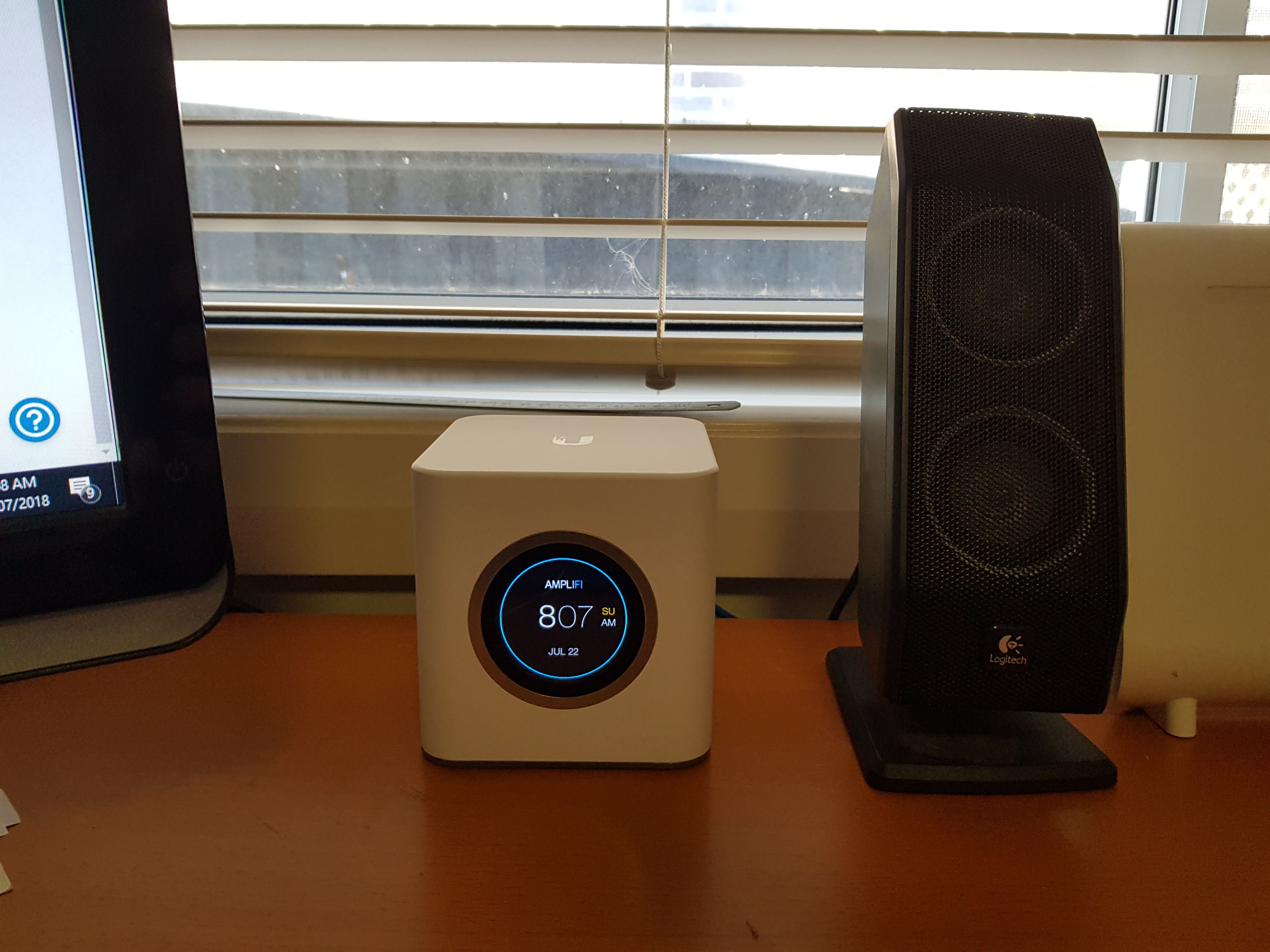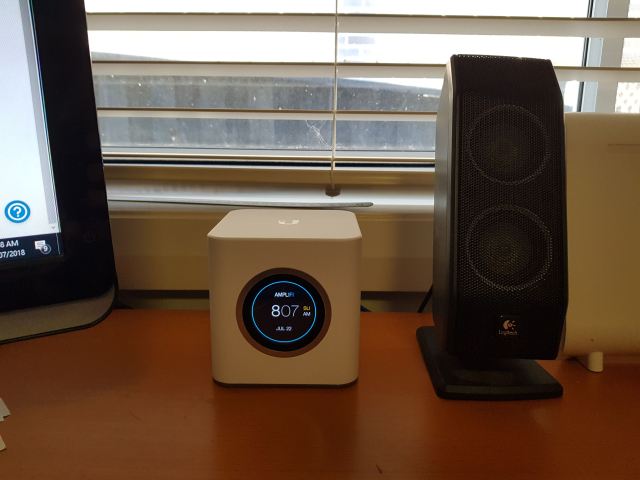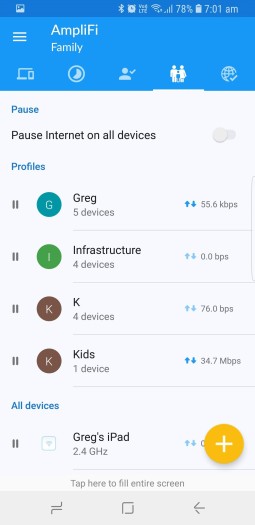
Ubiquiti Amplifi Router
I have been using Linksys routers for years, since my first router, a WRT54G purchased off eBay. So when my most recent router started to die, it was time to look for a replacement and I naturally went to look at the new Linksys routers again. However, with more and more wireless devices in the house, and no longer running an web, ftp, or email server at home, and with my kids starting to get online on their own devices, I found myself looking for a device that was easy to setup, and something that would give me some control in years to come to manage the internet connection of our kids devices.
I also wanted something that I could easily extend the wifi of. I’ve found with my previous router that there were some dead spots in the house, like the lounge in the family room, and wanted to get that resolved.
Enter Ubiquiti. I first read about Ubiquiti when Troy Hunt decided to rewire his house, even getting wifi on his jet ski. Although I live in Australia, I’m not fortunate enough to live somewhere where I need wifi on the water. I love what Troy has done, but it was a bit outside my budget – and I wanted something simpler. When Scott Hanselman updated to the Ubiquiti Amplifi HD, I knew how to fix my problem.

The AmplifiHD was the simplest router I’ve ever setup. Download the app to your phone, plug in the device, set a password for the web interface, a password for the wifi and it’s ready to go.
I chose to change the name of my wireless network (SSID) as I wanted to move devices one at a time, and it was time for a new password, and it was time consuming to move all of them across, but it was simple…once I found them all. So far I’ve found 15 devices connected to the internet. I know I’m not setting any records, but it’s a lot more than I expected.

Once you connect all the devices, you then have the option of grouping them. It’s simple to put each persons device into a group (you could divide them other ways, but family members made most sense to me). Once they are in the groups, you can cut off internet access to a group, or to 1 device at the touch of a button, or you can schedule it to happen every night.
The router also has band steering. This means that when my devices are close enough to get a good signal of 5GHz, it connects at that speed, but when I’m further away (or the device can’t use 5GHz) it automatically connects via 2.4GHz. This has instantly improved the coverage around our house – wifi works on the lounge, on the driveway, and in the backyard. As the signal gets weaker, my phone/ipad/laptop automatically changes from one to the other. Since moving my phone over, I’ve never seen the wifi drop out while I was at home.
The internet speed has also been impressive. By Australian standards, my line sync speed of 60Mbps is impressive for fttN. My connection is capped by my provider at 50Mbps, and even during peak times the router is able to download at about 48Mbps – faster than I was getting before.
I decided to purchase the device without range extenders. I’m still not 100% sure on if I want to add them in the future. From all reports, it’s just a matter of plugging them into a powerpoint and connecting them. We currently have a network cable run to the family room, so I could even get a second router down there and have them connect via the cable, extending the range, with full gigabit speed between them, and additional network ports available near the TV to connect smart devices in the future – the worst wifi spot in the house.